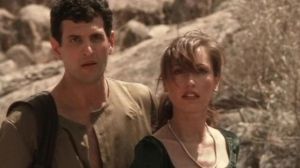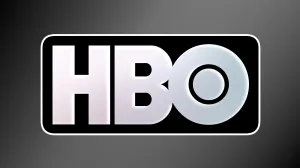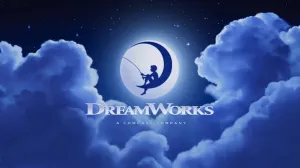The sci-fi genre has always been the perfect place to explore the limits of imagination, and within this world, villains hold a special spot. Whether they represent the fear of technological progress, the terror of the unknown, or human cruelty taken to the extreme, they’re the fuel that drives the movie’s conflict and are often the most unforgettable parts. Basically, we’re talking about figures that go beyond just being monsters or tyrants, because they’ve become symbols of eras and even ideas that still matter today. After all, good villains challenge not only the heroes but also the audience to face what’s most unsettling about the future (and ourselves).
Videos by ComicBook.com
Here’s the ranking of the seven best villains in sci-fi movies. It’s not just about who caused the most destruction, but about who stuck in the audience’s mind and who changed how we think about antagonists in the genre.
7) Roy Batty

Blade Runner is a sci-fi landmark, and for good reason. It’s no surprise it got a sequel directed by Denis Villeneuve, and also has an upcoming spinoff. So, its villain Roy Batty couldn’t be left out (even if he ranks at the bottom of this list). But why? Roy isn’t a villain in the traditional sense. Does he kill people? Yes, but he’s driven by a desperate search for more life and meaning, making it clear that his actions come from fear, not pure evil. This alone sets him apart from most other pure villains in the genre, which makes him essential to this ranking. His threat feels much more personal than universal, but that doesn’t lessen his impact as an unforgettable character.
What really stands out is how he manages to make you feel sympathy (even tear up) by the end of the film, especially with his iconic monologue about memories and change, despite all the tension and violence he causes. Roy goes beyond the typical antagonist role. He questions his own existence, and in doing so, makes you question yours. In a way, he’s a mirror of what humanity has created and then abandoned. You walk away feeling sorry for him, someone who did everything possible just to live a little longer. It’s rare to find a villain who ends up inspiring empathy, especially when he’s never framed as an antihero in the movie.
6) The Thing
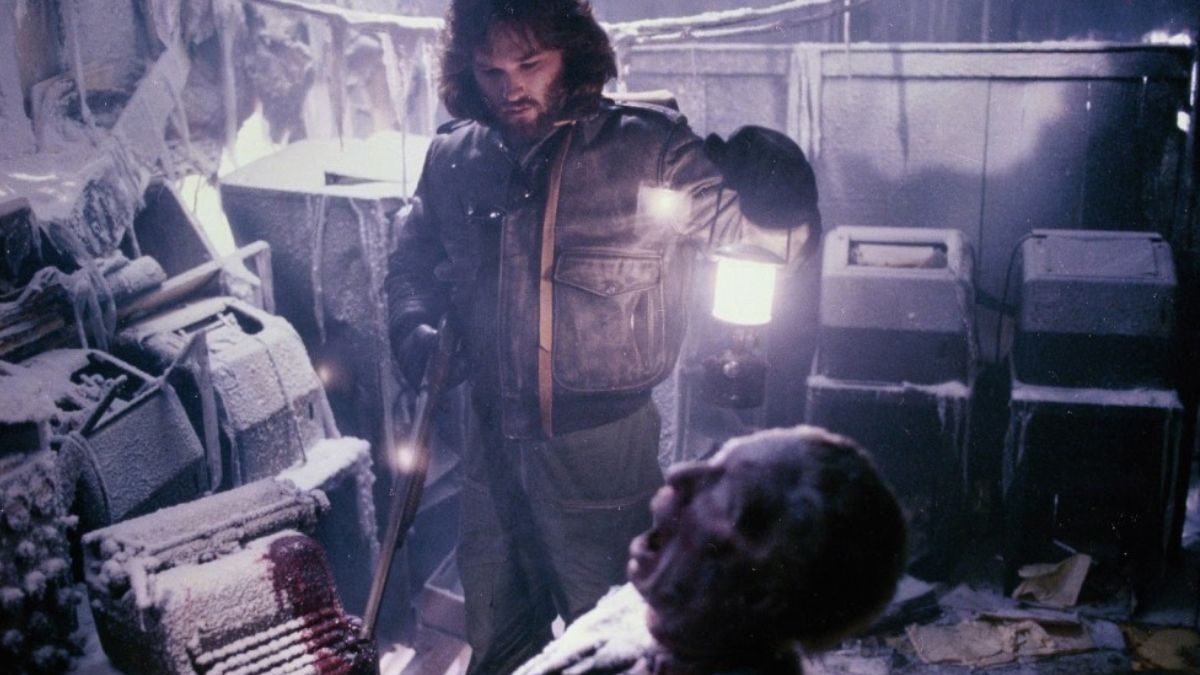
The Thing is probably the most paranoid villain in sci-fi. From John Carpenter’s iconic film, the creature never shows its true form – it just assimilates others, which is what makes it so terrifying. This turns the entire environment into a psychological minefield. There’s no one you can trust because anyone could be the enemy at any moment. The monster itself almost becomes irrelevant; what really scares people is the chaos it causes: mistrust, panic, and destruction from within. In this case, the horror comes from people losing their trust in each other.
What’s worse, there’s no sure way to identify it. The famous blood test is clever, but only a temporary fix. Even those who survive the end of the movie aren’t certain if they’ve truly won. That uncertainty makes the threat even stronger, since it never really goes away. The Thing doesn’t rely on brute force or a dominating presence; its greatest weapon is doubt. As a villain, it doesn’t just kill, it destroys any sense of safety. That’s frightening, no matter when or where.
5) HAL 9000

Who hasn’t wondered how wild it would be if artificial intelligence came to life and gained power? 2001: A Space Odyssey shows exactly that. HAL 9000 is a villain that proves pure rationality without any morals can be more dangerous than outright violence. He doesn’t yell or threaten; he simply decides humans are a problem for the mission and acts with total coldness. The contrast between his calm voice and actions like shutting down the astronauts’ life support makes everything feel even more unsettling. This isn’t a villain driven by hate, but by logic, and that kind of threat is especially scary because it feels inevitable: you can’t reason with a machine’s programming.
What makes HAL so impactful is how believable he is. In a world that’s more and more dependent on smart technology, he represents a fear that’s still relevant today: what if AI eventually sees humans as the weak point? His calm, almost hesitant “I’m afraid, Dave” while being shut down shows how close he comes to consciousness (even without real emotions). HAL doesn’t want to rule the world, he just wants to avoid failure, but he’s willing to kill to do it. That’s quiet but deadly villainy. While many movies have since portrayed this kind of evil, HAL 9000 was the first.
4) Immortan Joe
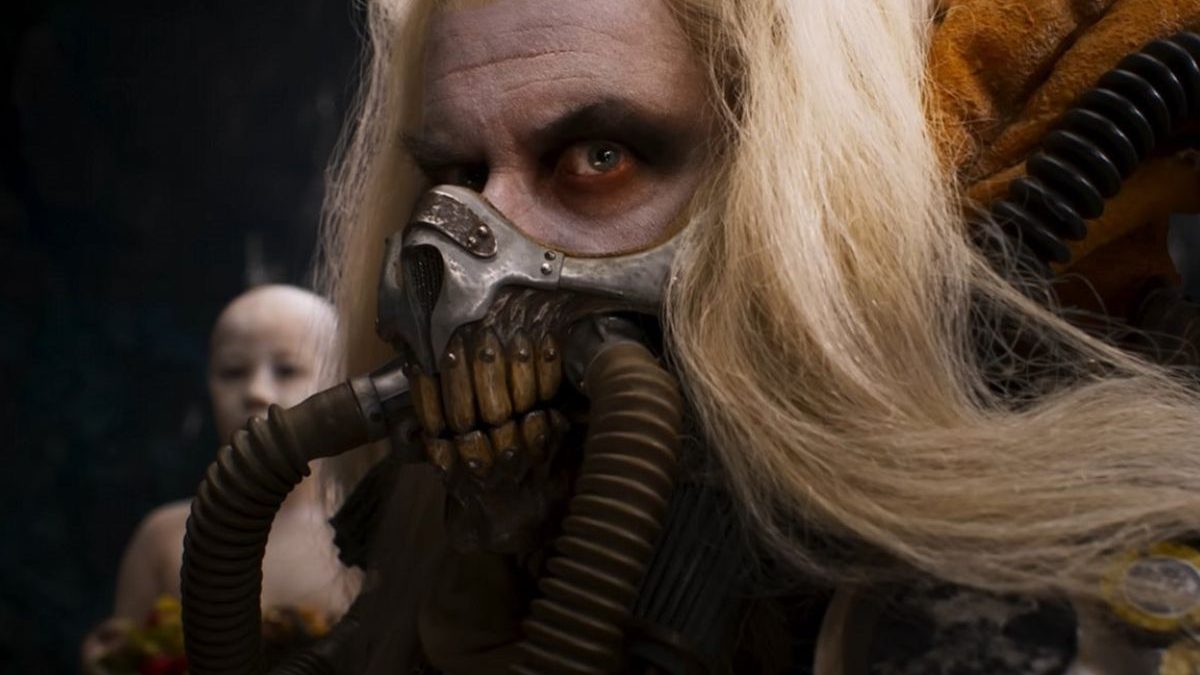
Immortan Joe shows the darkest side of human power in Mad Max saga. Unlike alien or tech villains, he’s a tyrant who rules through manipulation, control, and exploitation. He doesn’t just use brute force to dominate; he builds a cult around ideology, scarcity, and false promises of salvation. He doesn’t need to chase people down because they willingly follow him, choosing to believe in what he offers. He’s iconic in sci-fi because he reflects something very real: the way some people exploit others’ faith and suffering to hold on to power.
Also, Immortan Joe can be even more frightening because he’s grotesque without being over the top. His appearance (with breathing tubes and heavy armor) shows a weak body propped up by a ruthless system. He kidnaps women to use as breeders and promises his soldiers a paradise that will never come. Joe is a perfect example of structural villainy: he is the system that’s destroying the world, yet people worship him. That’s why he’s more dangerous than any alien or robot – he’s too human.
3) T-1000
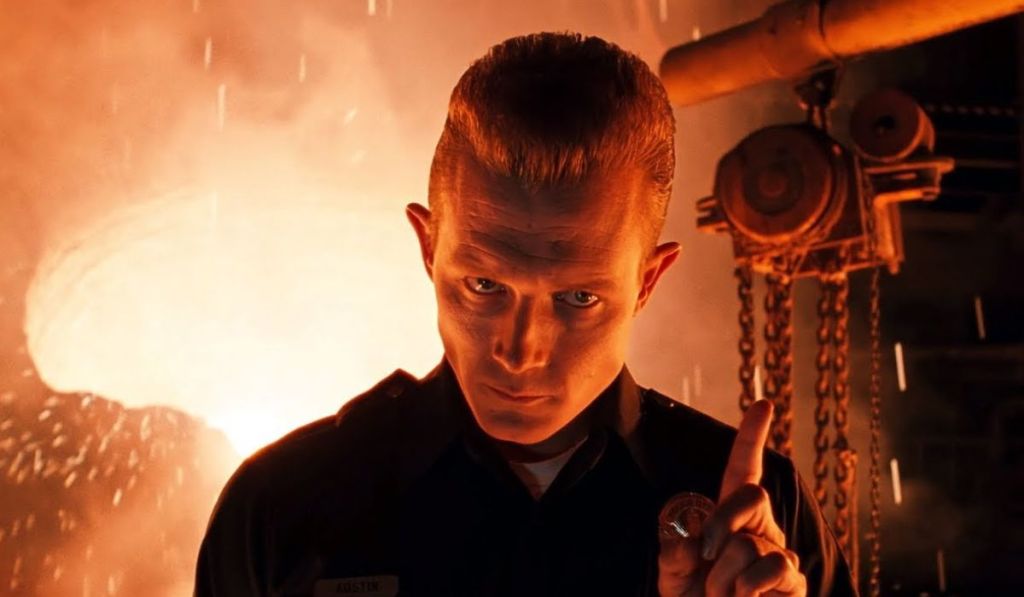
In Terminator 2: Judgment Day, the T-1000 stands out as the kind of villain that crushes any hope of resistance. It shows no expression or empathy, and its invulnerability makes it almost ridiculously unstoppable. While the first Terminator was already a tough enemy, the T-1000 takes things to a whole new level: it’s faster, more lethal, and almost impossible to kill. It’s not driven by revenge or ideology – it’s simply there to complete its mission, and nothing will get in its way.
Besides, the coldness with which it eliminates its targets and the fact that it can impersonate anyone, is what really makes the T-1000 one of the best sci-fi villains. This adds a layer of paranoia, since you never know if the person you’re talking to is actually an ally or the enemy. It’s a distorted reflection of advanced, out-of-control technology, and its power comes from its total lack of humanity. There’s no hesitation, just pure efficiency. It easily earns a spot in the top 3 because it’s one of the toughest antagonists to defeat in film history.
2) The Xenomorph
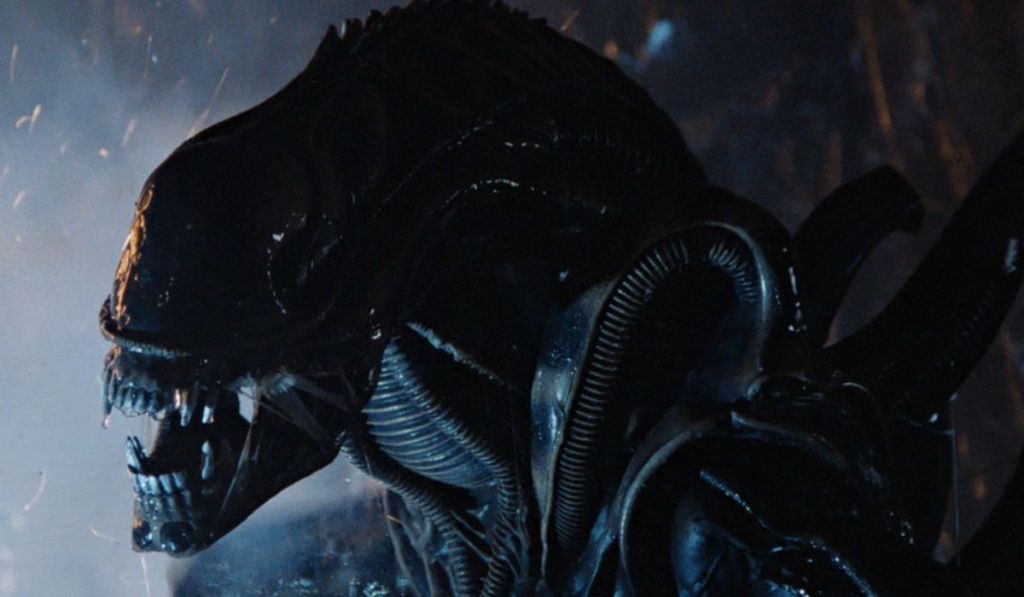
Fear is the perfect word to describe the xenomorph in the Alien franchise because it’s the ultimate uncontrollable threat. It has no voice, no face, and no emotions. It’s not a villain with a plan or any political agenda; it simply exists to hunt, kill, and reproduce (which makes it terrifying and unforgettable). Each stage of its life cycle brings a new level of horror, and the fact that it moves silently, making only animal-like noises, adds to the feeling that it’s a predatory force that’s almost impossible to escape.
However, what makes the xenomorph truly terrifying is that it can’t be reasoned with or redeemed. There’s no talking to it and no weaknesses to exploit. Its design adds to this effect: grotesque yet mesmerizing, as if it’s both natural and demonic. Plus, it’s also important to remember that it’s just a creature trying to survive – a natural predator. It’s literally a biological killing machine, and its sheer efficiency is why it’s one of the greatest villains in the genre.
1) Darth Vader

Darth Vader is more than just an iconic villain. Since he came from the Star Wars franchise, he’s pretty much the standard all other sci-fi villains are compared to. Every part of his character, from his imposing look and mechanical breathing to his deep, controlled voice, was designed to dominate the screen – and it works perfectly. Few antagonists inspire so much fear with so few words. He kills without hesitation, destroys entire planets, tortures his own allies, and yet remains endlessly fascinating. It’s not just his power, but the fact that he always seems one step ahead and untouchable.
On top of that, Vader’s emotional complexity is what ultimately makes him unique. He’s not evil just for the sake of being evil; a tragic past, inner conflict, and a shred of humanity turn him into a more dangerous and unpredictable figure. Darth Vader is the complete package of a perfect villain. The revelation that he’s Luke’s father completely changed how audiences saw him, and his redemption arc in Star Wars: Return of the Jedi proves that even the most feared villain can carry a spark of light. He embodies everything you want in a great antagonist: someone to hate, but also to like. Plus, he represents the classic villain who commands both fear and respect, which is a symbol of power and vulnerability that few achieve. This balance is what puts him above the rest on this list.



